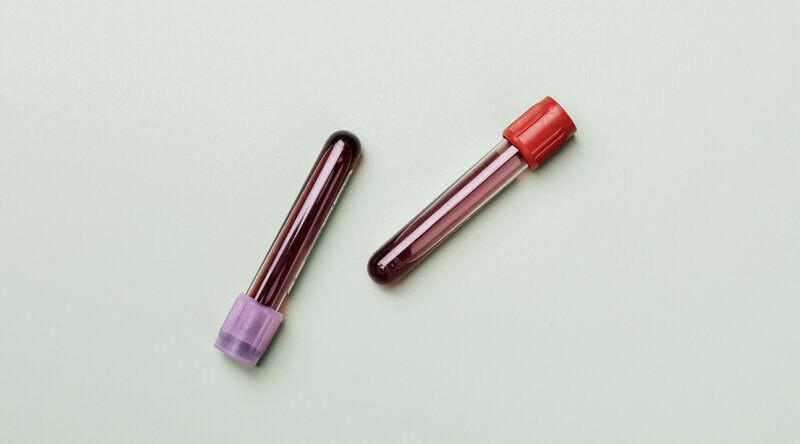
Understanding Hemophilia in Pediatric Patients: Causes, Symptoms, and Treatment
Introduction:
Hemophilia is a rare genetic disorder that affects the blood's ability to clot properly. In pediatric patients, this condition can be particularly challenging. This comprehensive guide will delve into the causes, symptoms, and treatment options available for pediatric patients with hemophilia. As a leading medical travel company, Recmed Medical Travel is dedicated to offering support and guidance to families dealing with hemophilia.
1. Understanding Hemophilia
Hemophilia is an inherited bleeding disorder characterized by a deficiency of clotting factors in the blood. The two main types are Hemophilia A, caused by a deficiency of clotting factor VIII, and Hemophilia B, caused by a deficiency of clotting factor IX. This genetic condition is passed down from parents to children and predominantly affects males.
2. Signs and Symptoms
In pediatric patients, hemophilia often presents with noticeable signs such as easy bruising, prolonged bleeding after minor cuts or injuries, and frequent nosebleeds. Additionally, joint pain and swelling may occur due to bleeding into the joints, which can lead to chronic joint damage if not managed properly.
3. Diagnosis and Screening
Accurate diagnosis of hemophilia involves measuring the levels of clotting factors in the blood. Hemophilia testing determines the severity of the condition and guides treatment decisions. Genetic testing plays a crucial role in confirming the type of hemophilia and identifying carriers within the family.
4. Managing Pediatric Hemophilia
Comprehensive care teams comprising hematologists, physiotherapists, and genetic counselors work together to manage hemophilia in pediatric patients. Preventive measures such as injury avoidance and safe physical activities are essential to minimize bleeding episodes and preserve joint health.
5. Treatment Approaches
The cornerstone of hemophilia treatment is replacement therapy, involving regular infusions of clotting factor concentrates. For mild cases, hemostatic agents and desmopressin (DDAVP) may be used to stimulate the release of stored clotting factor. Emerging gene therapy approaches hold promise for transforming the treatment landscape.
6. Quality of Life and Emotional Support
Pediatric patients with hemophilia face unique challenges in school, daily activities, and social interactions. Supportive family networks, educational resources, and counseling services play a vital role in enhancing their quality of life and emotional well-being.
7. Recmed Medical Travel's Role in Hemophilia Care
Recmed Medical Travel is dedicated to providing accessible healthcare services to international patients dealing with hemophilia. Through collaborative partnerships with renowned hemophilia centers, Recmed ensures that pediatric patients and their families receive comprehensive and specialized care.
8. Conclusion: Empowering Pediatric Patients with Hemophilia
Early diagnosis, effective management, and access to specialized care are pivotal in empowering pediatric patients with hemophilia to lead fulfilling lives. By prioritizing education, awareness, and a holistic approach to care, families can navigate the challenges of hemophilia with confidence.
By Recmed Medical – Pediatric Hematology Experts. (Click this link to connect with our Hematology Doctors.)
References:
- Hoyer, Leon W. "Hemophilia a." New England Journal of Medicine 330.1 (1994): 38-47.
- Franchini, Massimo, and Pier Mannuccio Mannucci. "The history of hemophilia." Seminars in thrombosis and hemostasis. Thieme Medical Publishers, 2014.
- Srivastava, Alok, et al. "WFH guidelines for the management of hemophilia." Haemophilia 26 (2020): 1-158.
- Mannucci, Pier Mannuccio. "Hemophilia therapy: the future has begun." Haematologica 105.3 (2020): 545.
- White, Gilbert C. II, et al. "Definitions in hemophilia." Thrombosis and haemostasis 85.03 (2001): 560-560.
- Srivastava, Alok, et al. "Guidelines for the management of hemophilia." Haemophilia 19.1 (2013): e1-e47.
- Soucie, J. Michael, et al. "Occurrence of hemophilia in the United States." American journal of hematology 59.4 (1998): 288-294.
- Konkle, Barbara A. "Hemophilia a." (2017).
- Zimmerman, Bree, and Leonard A. Valentino. "Hemophilia: in review." Pediatrics in review 34.7 (2013): 289-295.
LATEST NEWS
Blog Posts



















